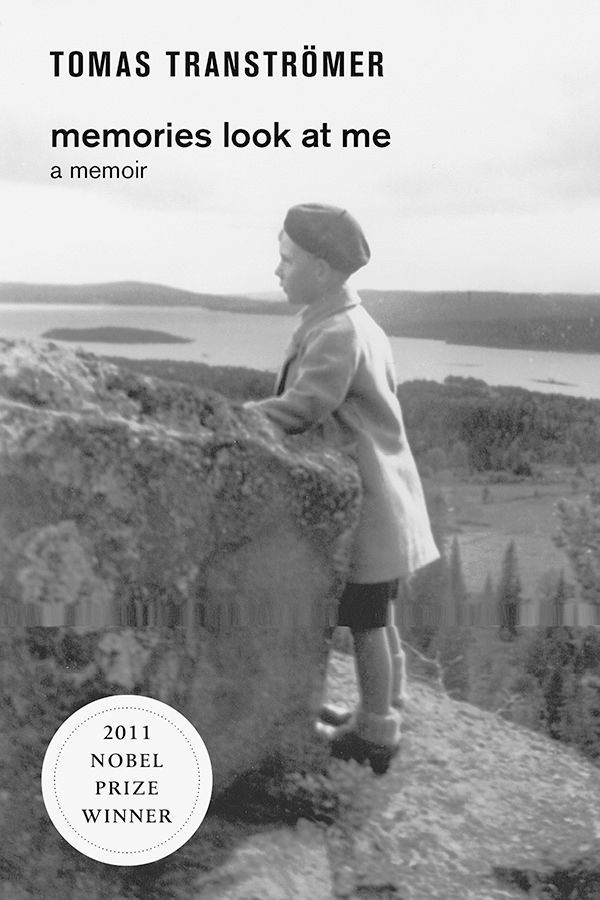
Consumption, by Kevin Patterson (Random House), set in Rankin Inlet in the eastern Arctic, tells the saga of an Inuit family’s decline. The story begins in the 195s, when a family’s only daughter, Victoria, is sent “outside” to be cured of tuberculosis. Years later she returns—a stranger to her community and more conversant in the southern Cree language than in her native northern dialect. Although Victoria is the focus of the novel, by the last page I didn’t really like, know, understand or feel sympathy for her. In her story there is far more insight into what motivates other characters and makes them human. Clearly Patterson set out to point to the decline of Inuit when white people come to the North bringing illness and taking away resources. But as each character dies a more tragic death than the last, I became numb to the emotional impact of the novel. One character, for example, an old Inuit woman travelling outside by boat to be cured, finds her own cure for what ails her when she throws herself overboard. For the characters in Consumption, redemption comes at a high price if it comes at all, and death, rather than life, brings them peace.








